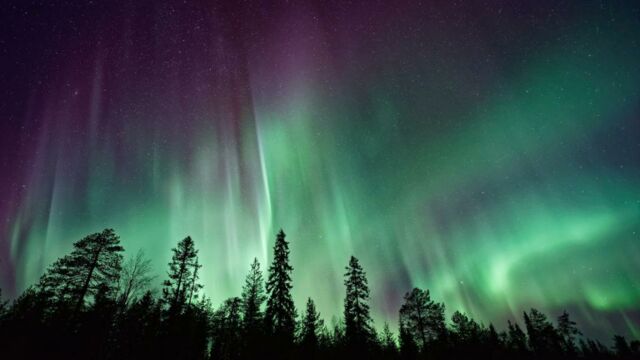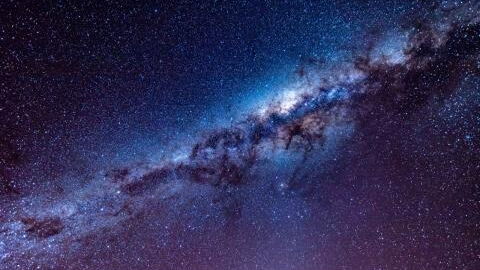The aurora borealis in the northern hemisphere and the aurora australis in the southern hemisphere are spectacular natural events that take place at night. They are characterized by bright, colorful, undulating trails of light in the sky. While their beauty leaves one speechless, one question remains. Why are they mostly green?
Discover our latest podcast
They are not just green
This natural phenomenon is particularly common near the poles. In the northern hemisphere, you're more likely to see an aurora borealis dancing across the sky in northern Canada, Greenland, Iceland and Finland. Although rarer, it's not impossible to observe them at lower latitudes, as was recently the case in France.
While green is the color most immediately associated with these displays, the many photos reported also show red, pink and even purple auroras. A colorimetry closely linked to the gases present in the Earth's atmosphere. For yes, as magical and magical as they may seem, the aurora borealis has a very rational and scientific explanation.
Read more:Here's all you need to know about the next South Taurids shooting star shower
Thank you Sun
Caused by solar flares and winds, the aurora borealis is the result of a collision between stellar matter (electrons and protons) and the gases present in our planet's upper atmosphere, as explained by the Canadian Space Agency. And if polar aurorae most of the time look like green ribbons floating idly in the sky, it's mainly due to the presence of numerous oxygen atoms. They are located between 100 and 300 km above the Earth's surface.
The red color is emitted between 300 and 600 km altitude. We often don't see it, because our eyes don't perceive this hue from the Earth's surface. The presence of nitrogen molecules produces pinkish polar aurorae. And finally, hydrogen and helium molecules create a luminous blue and mauve phenomenon. Just as exceptional, they are also difficult to see with the naked eye.
To give yourself the best chance of observing this unique phenomenon, specialists recommend that northern hemisphere regions go hunting for them between September 21 and March 21, when the nights are the longest. In fact, to observe the aurora borealis in the best possible conditions, you need a clear, dark night. Another important tip is to look northwards - there's a reason they're called Northern Lights.
Friday night lights🟢🔴 pic.twitter.com/dfO7677CHQ
— Vincent Beudez | Northern lights state of mind (@VincentVoyage) October 16, 2023
Read more:
⋙ Scientists now know what hides inside the Moon
This article has been translated from Gentside FR.
Sources used:
Space.com: Northern lights (aurora borealis): What they are & how to see them
Canadian Space Agency: What are the northern lights?















